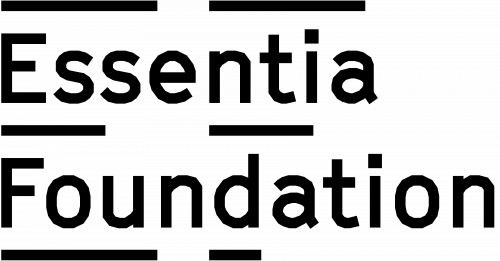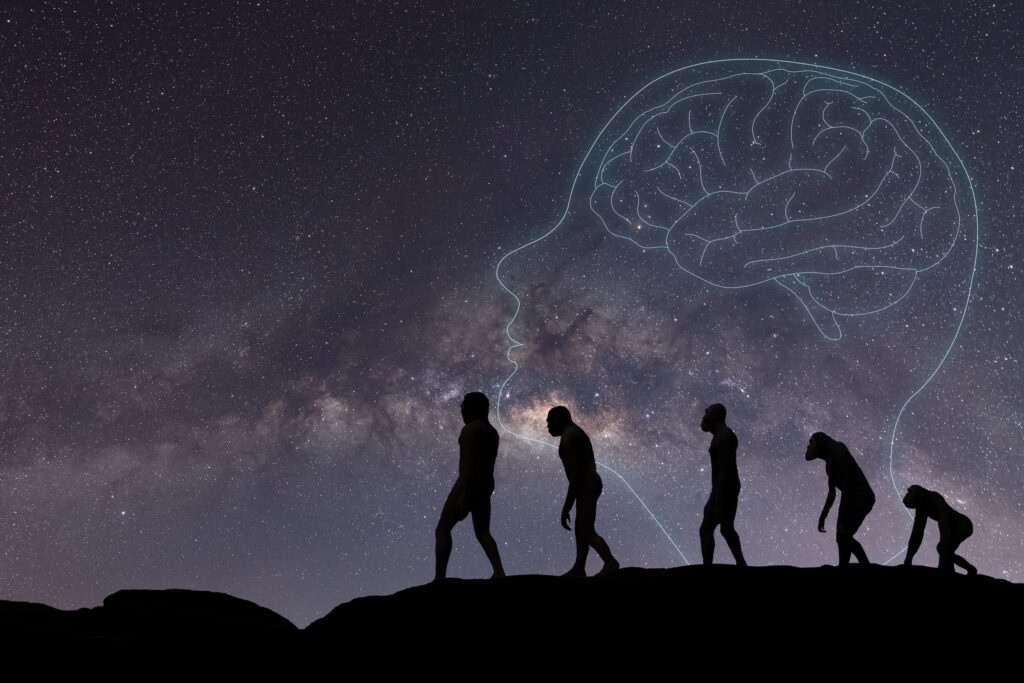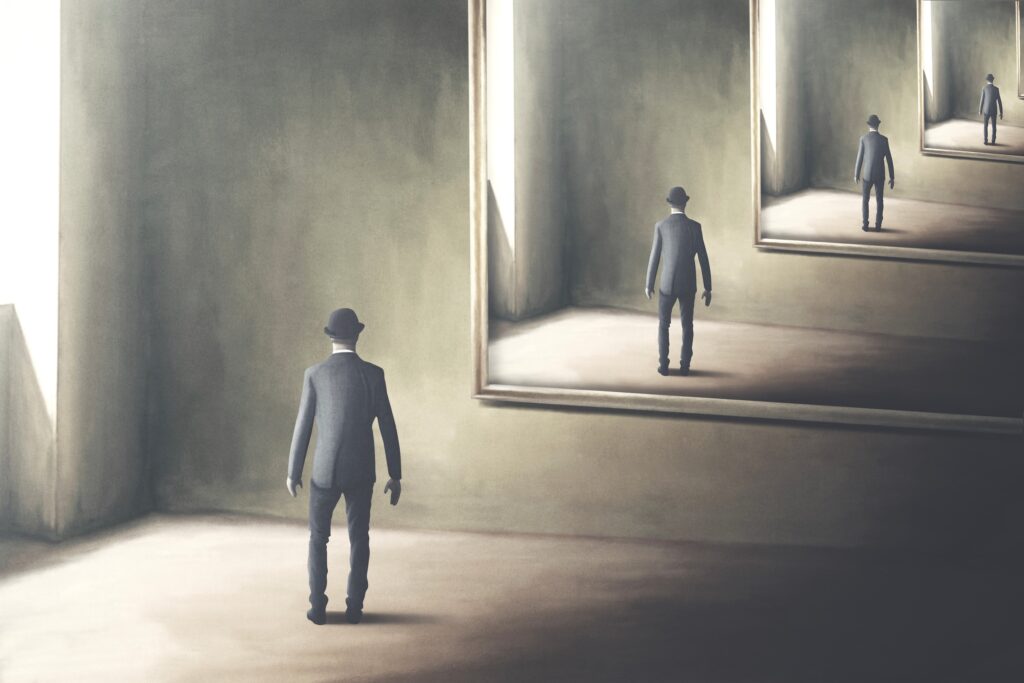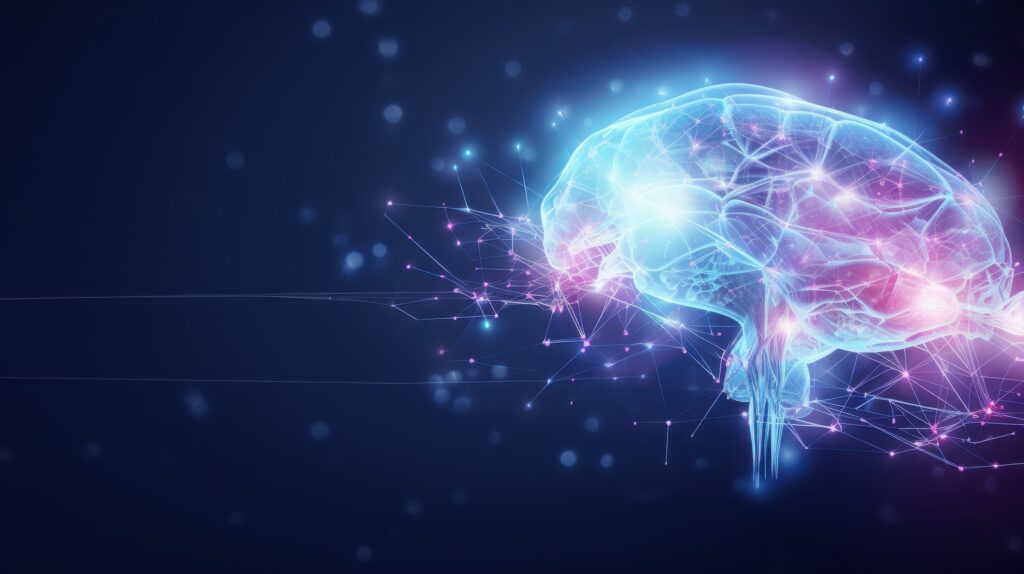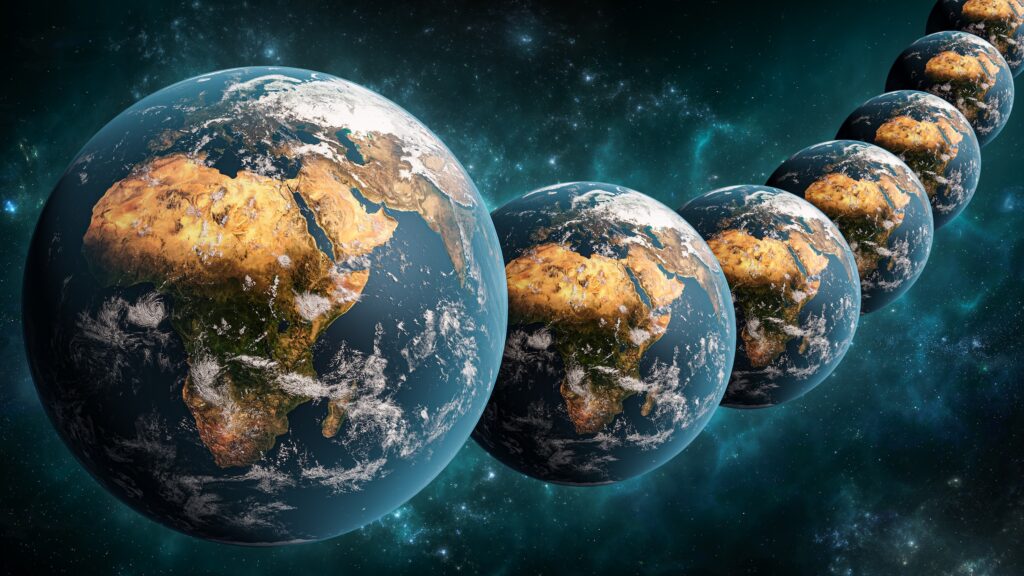Does quantum mechanics beckon the end of naturalism? (The Return of Idealism)
Reading | Metaphysics
![]() Bruce L. Gordon, PhD | 2024-03-10
Bruce L. Gordon, PhD | 2024-03-10
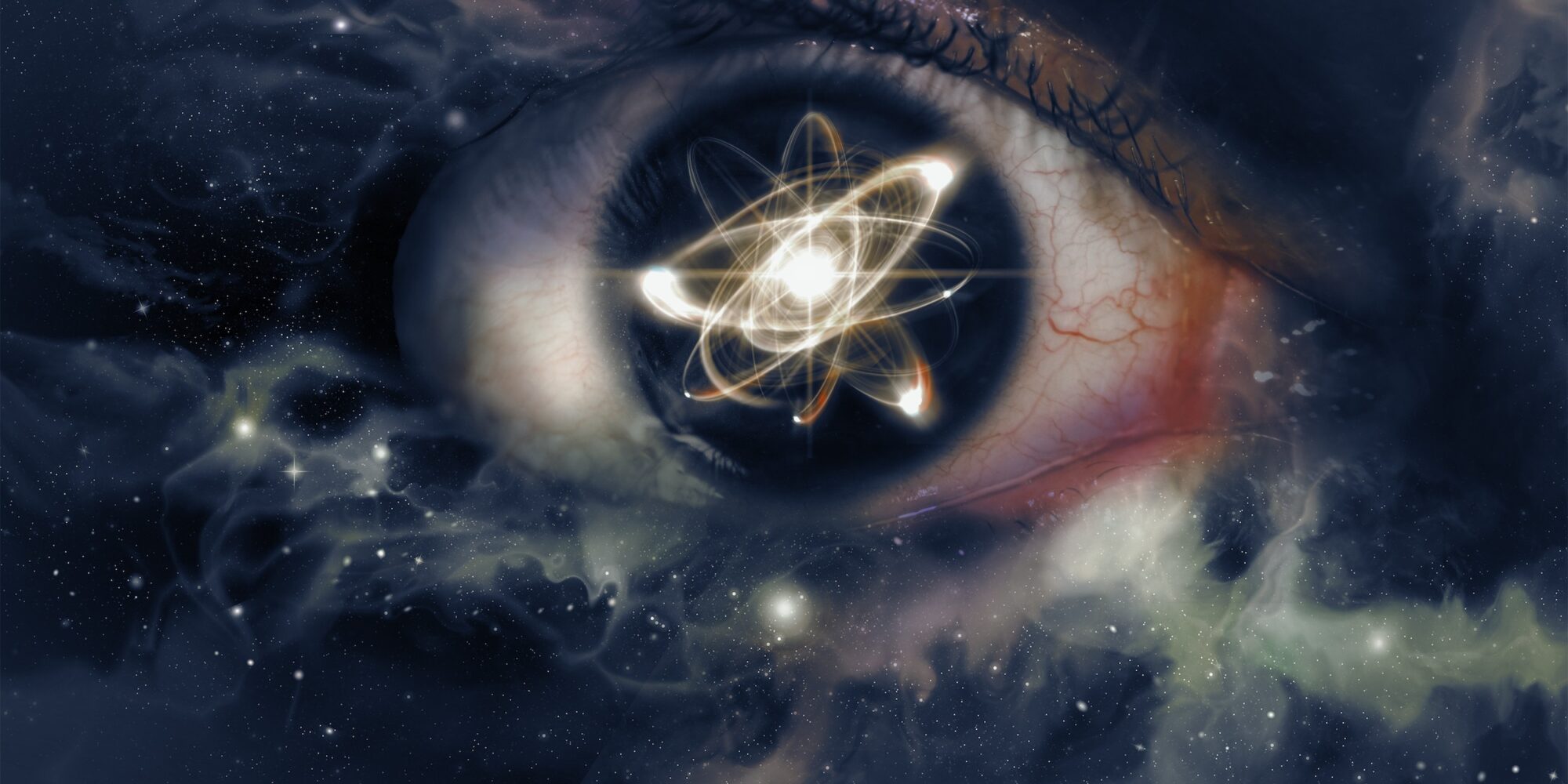
Naturalism, the idea that there are no gods, is the leading theory of our time. However, in this instalment of our The Return of Idealism series, in partnership with the Institute of Art and Ideas (IAI), Bruce Gordon argues that quantum mechanics not only beckons the end of naturalism, but also points towards the existence of a transcendent mind. Essentia Foundation’s position is, nonetheless, that idealism is entirely compatible with naturalism. This essay was first published by the IAI on 8 March 2024.
Naturalism remains a popular philosophy in the academic world. Its articulation varies, so let’s be clear what we mean. Theoretical physicist and philosopher Sean Carroll’s definition will suffice: “Naturalism is a philosophy according to which there is only one world—the natural world, which exhibits unbroken patterns (the laws of nature), and which we can learn about through hypothesis testing and observation. In particular, there is no supernatural world—no gods, no spirits, no transcendent meanings.” Advocates of naturalism tend to regard it as the inevitable accompaniment of a scientific mindset. It seems appropriate, therefore, to undermine it using the most fundamental of sciences: quantum physics.
Given its scientific pretensions, it’s appropriate that the doctrine that the natural world is self-contained, self-explanatory, and exceptionless is at least falsifiable. All we need is one counterexample to the idea that nature is a closed system of causes and effects, or one clear example of nature’s non-self-sufficiency, to be justified in rejecting naturalism, yet contrary evidence and considerations abound. Rather than trying to cover the gamut of cosmological fine-tuning, the origin of biological information, the origin and nature of consciousness, and the evidentiary value of near-death experiences, let’s focus on the implications of quantum physics as a less familiar aspect of naturalism’s failure.
Quantum physics sets aside classical conceptions of motion and the interaction of bodies and introduces acts of measurement and probabilities for observational outcomes in an irreducible way not ameliorated by appealing to our limited knowledge. The state of a quantum system is described by an abstract mathematical object called a wave function that only specifies the probability that various observables will have a particular value when measured. These probabilities can’t all equal zero or one and measurement results are irreducibly probabilistic, so no sufficient physical reason exists for one outcome being observed rather than another. This absence of sufficient material causality in quantum physics has experimentally confirmed consequences that, as we shall see, put an end to naturalist conceits.
The delayed-choice quantum eraser experiment provides a good example with which to start. This experiment measures which path a particle took after wave function interference inconsistent with particle behavior has already been created. The interference can be turned off or on by choosing whether or not to measure which way the particle went after the interference already exists. Choosing to look erases wave function interference and gives the system a particle history. The fact that we can make a causally disconnected choice whether wave or particle phenomena manifest in a quantum system demonstrates that no measurement-independent causally-connected substantial material reality exists at the microphysical level.
We see this in other ways too. First, the physically reasonable assumptions that an individual particle, like an electron, cannot serve as an infinite source of energy or be in two places at once, entail that quantum particles have zero probability of existing in any bounded spatial region, no matter how large. Unobserved electrons (for example) don’t exist anywhere in space, and thus have no reality apart from measurement. In short, there is no intelligible notion of microscopic material objects: particle talk has pragmatic utility in relation to measurement results and macroscopic appearances, but no basis in unobserved (mind-independent) reality.
Secondly, microphysical properties do not require a physical substrate. Reminiscent of Alice in Wonderland, quantum physics has its own Cheshire Cat in which quantum systems behave like their properties are spatially separated from their positions. For example, an experiment using a neutron interferometer has sent neutrons along one path while their spins follow another. In macroscopic terms, this would be like still having the spin once the top is taken away, having a dance without any dancer, or having a water wave without any water. Under appropriate experimental conditions, quantum systems are decomposable into disembodied properties—a collection of Cheshire Cat grins.
But how, then, should we understand the transition between the microscopic and macroscopic worlds? Every quantum wave function is expressible as a superposition of different possibilities (states) in which the thing it describes fails to possess the properties those possibilities specify. No quantum system, microscopic or macroscopic, ever has simultaneously determinate values for all its associated properties. You could think of it this way: imagine a house that, if you were looking at the front, didn’t have a back, and vice-versa. Everything we experience with our senses, if we take it to be a mind-independent object rather than just a phenomenological appearance, is metaphysically incomplete. What is more, under special laboratory conditions, we can create macroscopic superpositions of properties that are, classically speaking, inconsistent—for instance, a single object appearing in more than one location simultaneously. Large organic molecules have been put into such superpositions, and Superconducting Quantum Interference Devices (SQUIDs) have superposed a billion electrons moving clockwise around a superconducting ring with another billion electrons moving anticlockwise, so that two incompatible macroscopic currents are in superposition.
What this reveals is that the macroscopic stability we normally observe is the product of what physicists call environmental decoherence—the destructive interference of probability waves as quantum systems interact. You can imagine this as two water waves the same size meeting each other from opposite directions. When the crest of one wave meets the trough of the other, there is destructive interference as the waves cancel out and water’s surface is momentarily flat and calm. The quantum realm behaves analogously: our experiential world of appearances is cloaked in an illusory stability, while underneath, innumerable probability waves are destructively interfering in a roiling quantum sea.
It is important to keep in mind that, while this quantum sea is the basis of our experiential reality, none of the mathematical-structural components of interacting quantum wave functions are materially real. They are mathematical abstractions, a hollow and merely quantitative informational architecture. Speaking of the mathematical framework of physical theory, Robert Adams remarks that “[it] is a framework that, by its very nature, needs to be filled in by something less purely formal. It can only be a structure of something of some not merely structural sort… it participates in the incompleteness of abstractions… [whereas] the reality of a substance must include something intrinsic and qualitative over and above any formal or structural features it may possess.” Our experiential reality rests on a quantum-informational construct that is not materially substantial.
As a final observation before nailing the coffin of naturalism shut, in the case of laboratory-created macroscopic superpositions, our conscious self is not in the superposition but rather observing it. We are substantial, but the world of our experience is not. Our mental life transcends quantum reality. While this reality is given to us and not produced by our own consciousness, it is merely phenomenological—it goes no deeper than the perceptual possibilities across all five of our sensory modalities decohering (destructively interfering) to produce our world.
But why should this be so? When there is no sufficient physical reason why one observation occurs rather than another, why should mere perceptions cohere across our sensory modalities, and why should all of us inhabit the same world? Saying that since no physical explanation is possible, no explanation is required, would be a mistake of disastrous proportions. If there were no reason why we observe one thing rather than another, if the regularities of nature were metaphysically ungrounded, then our current perception of reality and its accompanying memories might be happening for no reason at all. How could we know? No objective probability and hence no likelihood is assignable to something for which there is no explanation, so we couldn’t even say this possibility is unlikely.
Let’s be perfectly clear. If we affirm brute chance by saying that some things can happen for no reason at all, we have deprived ourselves of any basis for deciding which things these are, and they could well include all of the perceptions and beliefs we currently take ourselves to have. This means we don’t even know whether we’re in touch with reality. We’re stuck with an irremediable skepticism that deprives our experience of any credibility, not only destroying any basis for doing science, but eliminating the very possibility of our knowing anything at all! Embracing brute chance by denying that every contingent event must have an explanation is the pathway to epistemic nihilism. An explanation must exist.
But what could the explanation be? The laws of nature, specifically those of quantum physics, won’t suffice. They’re neither logically nor metaphysically necessary. The reality they describe did not need to exist and they certainly didn’t cause its existence—in short, they are in need of explanation themselves. Clearly, naturalism is inadequate: it cannot meet the ineluctable explanatory demand. A proper ultimate explanation must terminate upon something that transcends contingent reality and has self-contained existence as its very essence.
The required conclusion is obvious: since every contingent state of affairs requires an explanation, there must exist a transcendent, independent, necessarily existent being the existence of which is explained by its intrinsic necessity. This being is unique, not just because two or more necessary beings is overkill, but because their mutual dependence would create unexplainable contingency. Furthermore, since spacetime and mass-energy are contingent phenomena, this transcendent being must be incorporeal. Finally, in explaining why any reality exists, especially in the absence of a uniquely best reality, a non-arbitrary self-determined decision based on a perfectly ranked and complete set of reasons known to this necessarily existent being must be made. This means the necessary ground for the phenomenological reality of our experience is a transcendent, omniscient Mind. Given such considerations, quantum physics not only shows the falsity of naturalism, it leads to a transcendent form of idealism. Goodbye, Richard Dawkins, and hello, Bishop Berkeley!
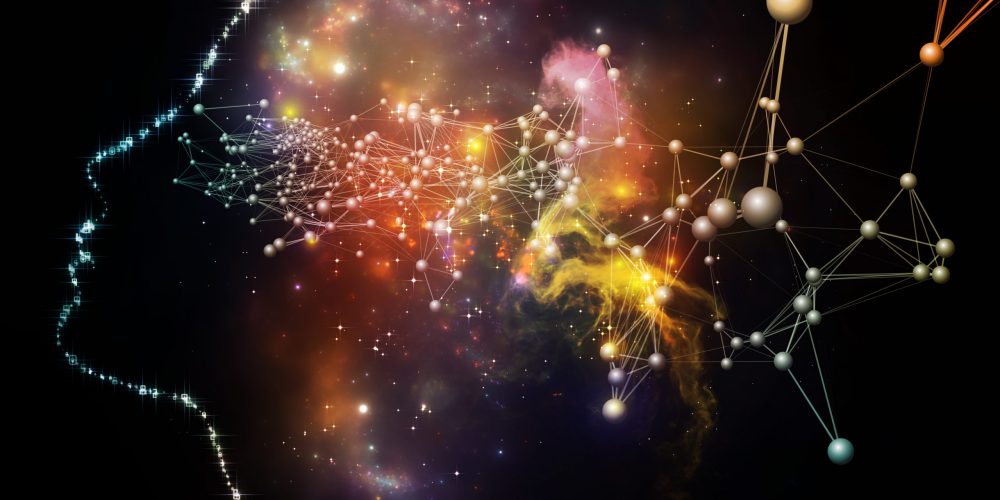
Essentia Foundation communicates, in an accessible but rigorous manner, the latest results in science and philosophy that point to the mental nature of reality. We are committed to strict, academic-level curation of the material we publish.
Recently published
Reading
Essays
Seeing
Videos
Let us build the future of our culture together
Essentia Foundation is a registered non-profit committed to making its content as accessible as possible. Therefore, we depend on contributions from people like you to continue to do our work. There are many ways to contribute.

